6. I Drink Your Blood (David E Durston, 1970)
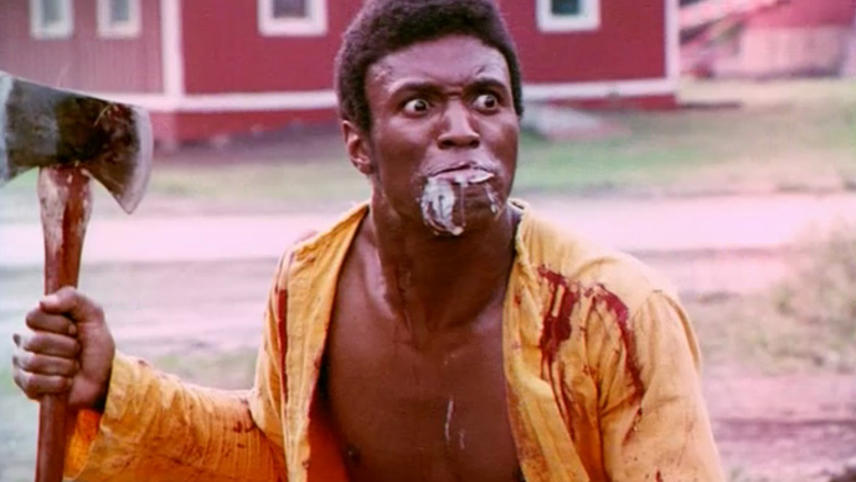
The other silly entry on this list (alongside The Texas Chainsaw Massacre 2) is David E Durston’s wonderfully low budget and schlocky I Drink Your Blood, a film that focuses on… wait for it… a group of rabid hippies. To quote the google synopsis directly, the film follows ‘A group of satanic hippies becomes rabid and cannibalistic after being fed meat pies injected with dog blood.’, and yes, it’s every bit as crazy as it sounds.
Whilst for the most part the film is simply concerned with being gross and off kilter, what is really surprising here is when it does become genuinely quite uncomfortable, with some scenes being so strange and surreal that they become seriously discomforting rather than just enjoyable as silliness.
The ending specifically is genuinely quite freakish, and its the way that those moments contrast against the previous silliness and the light tone of the rest of the film that really emphasises that horror and makes the film surprisingly memorable.
It’s easy to imagine that the film would be awful, but it is one of the most pleasantly surprising film experiences out there. Bafflingly weird, wonderfully tasteless and such an oddball merging of horror and comedy that you can never really tell which it is trying to do.
7. Sombre (Philippe Grandrieux, 1997)
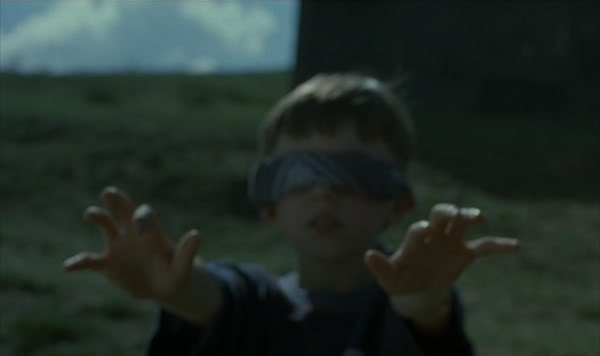
There was bound to be a more arthouse film on here somewhere, and what better film to include than the underrated Grandrieux. With a sole focus on tone, setting the story to one side and keeping the characters as vague as possible, Sombre is a film that definitely won’t effect everyone in the same ways – its large dependence on the audience being immersed and in the right mood for the film makes it more polarising than it even needs to be.
However, if you do happen to fall under its enchanting spell, you’re bound to have one of the most unforgettable, disturbing experiences of your entire life, one that you won’t be able to scrape off of your brain that night when going to bed, or maybe ever.
The cinematography and the sound design are simply dizzying, the soundtrack is incredible and the performances are something else. It’s mostly completely incomparable (other than to Grandrieux’s other films, with the exception of Despite the Night), but if one had to compare it to something, Angst comes to mind.
8. Tenderness of the Wolves (Ulli Lommel, 1973)
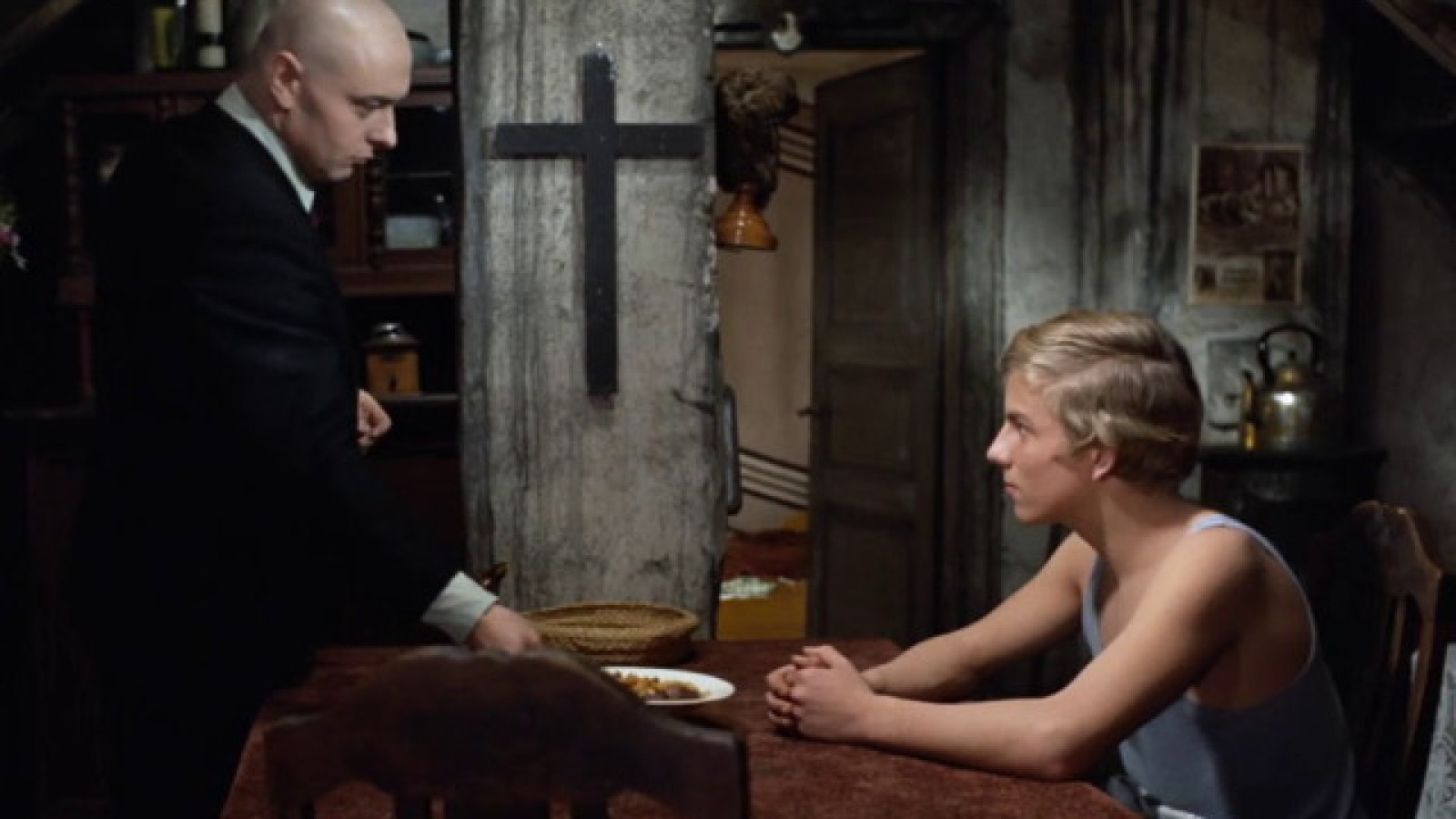
A German film released in 1973, Tenderness of the Wolves is based on the true story of Fritz Haarmann, a man who lived in Germany during World War II who would seduce visiting young men back to his home before murdering them, and selling the meat he took from their bodies as a way to stay afloat during the commercial struggles that were provided by the war.
It’s exactly as nerve-racking as it sounds, and one of those films you can see once every few years (hell, once in a lifetime will do) and will always find engraved in your memory, still remembering random scenes and moments, usually when you least want to think about it.
With a stunner of a lead performance from the late, great Kurt Raab (many of you will know him from his many collaborations with the wonderful Rainer Werner Fassbinder, who actually does act in this in a minor role) and a distinctly theatrical visual style to boot – with mise-en-scene and lighting that will leave any filmmakers drooling – Tenderness of the Wolves always comes to mind as one of the most unfairly and consistently slept on films of the 1970s. It’s just brilliant.
9. Freaks (Tod Browning, 1932)
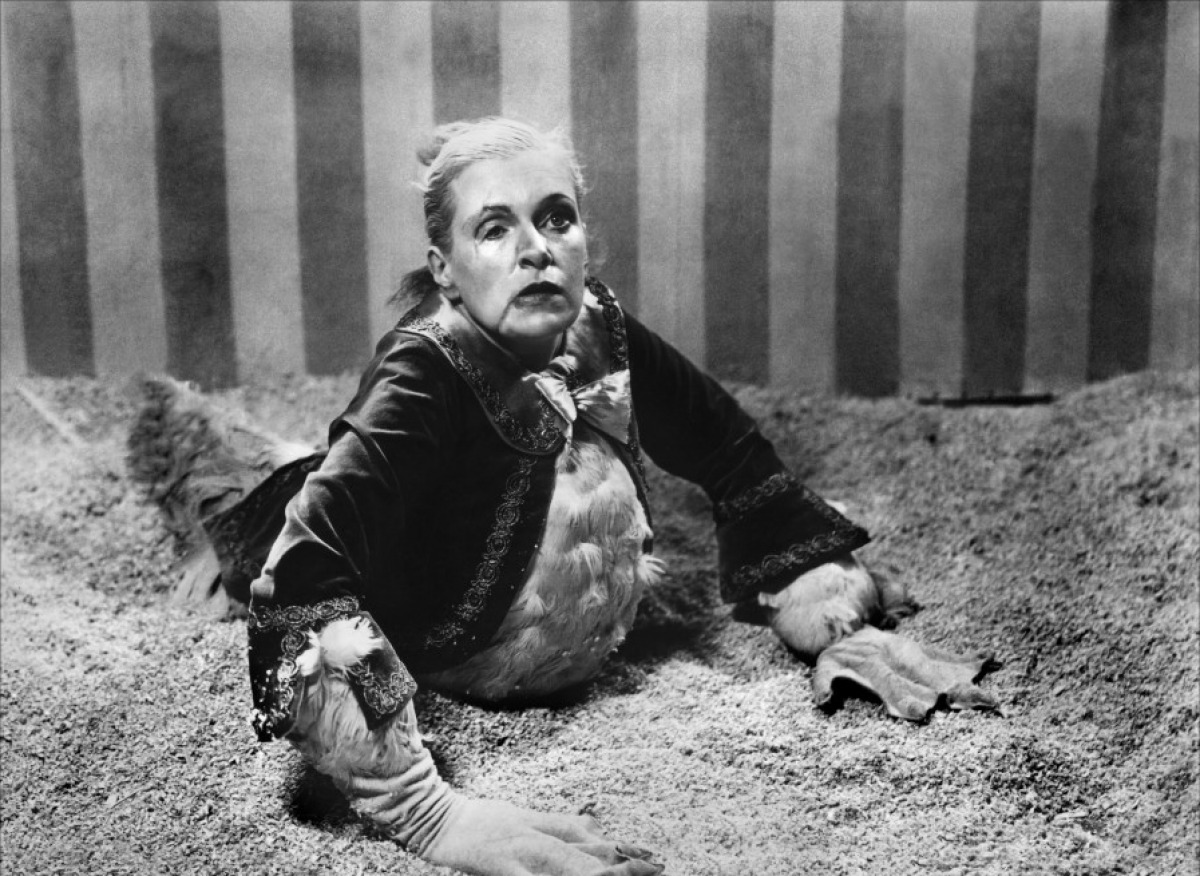
By far the oldest film on this list, and one of the most controversial films ever made with its look at deformities and disabilities (and using them as a crux for creating tension and horror, admittedly still a more than questionable practice), but… frankly, it works.
The black and white cinematography certainly adds an additional layer of mystique and ghostliness to the film, which has the feeling of a ghost story through and through, something typical – to be expected – of practically any 1930s horror, though definitely not always to such a degree.
Clocking in at just 62 minutes length, it’s a great starting point to exploring early horror, and the final act is simply unforgettable, with the brilliant characters and the incredibly culmination (this one gets the pacing just right, gradually straying from a romance to all out horror, it’s wonderful just to observe the way the plot progresses). Highly recommended to any fans of classic cinema, or anyone looking to explore something – this one is short and undeniably pretty sweet.
10. Stagefright: Aquarius (Michele Soavi, 1987)
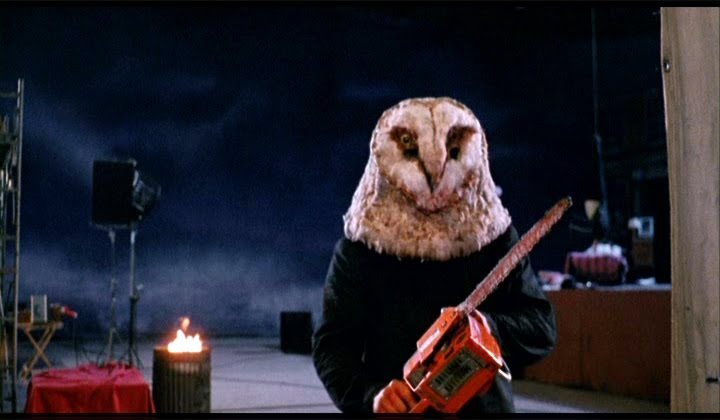
And one more murder mystery horror for good luck, here is Michele Soavi’s criminally underrated and overlooked StageFright: Aquarius. Working on the typical Argento template of a story of a group of artists being trapped someplace with a maniacal murderer, it’s certainly nothing new, however the film is a great time nonetheless, with a mysterious masked killer and gore aplenty.
It’s far from complex, but it’s so much fun that it becomes easy enough to forgive for its lacking originality. This is one of few on here that pretty much anyone can enjoy to a certain extent, a must for horror fans (especially those with inclined to slasher films specifically) and one more than worth viewing for those with an interest in the genre yet to be fully realised.